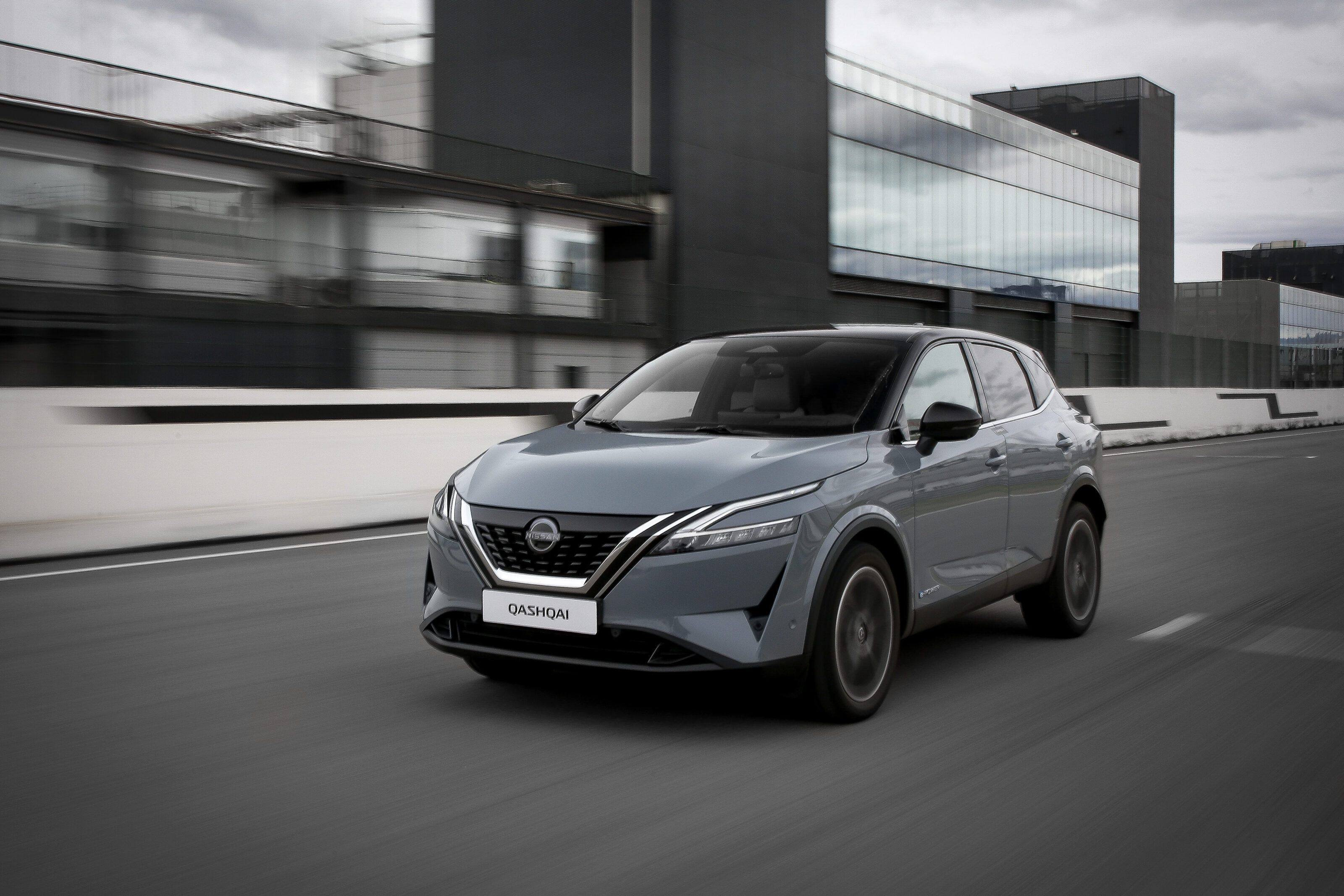Things we like
- Intriguing hybrid system
- Very hushed refinement
- Decent tech upgrades
Not so much
- A little rowdy under acceleration
- Fuel economy isn't startling
- Not in Australia. Yet
UPDATE, January 2023: New Qashqai driven in Australia!
After pricing was announced early in 2022, the new-gen 2023 Nissan Qashqai is finally in Australia – and we’ve driven it! Get our full story at the link below.
July 2022: Australian pricing announced
Australian pricing for the new Qashqai has now been revealed. Get all the details at the link below.
The story to here: 2022 Qashqai review
“Nissan dares to do what others don’t,” we’re told in a very glossy presentation for its Qashqai e-Power. And the car you’re looking at is perhaps the most mainstream possible interpretation of the philosophy. It’s a hybrid crossover, but not as we know it.
It’s ‘a disruptor’, apparently. Given Nissan’s alliance partnership with Renault and Mitsubishi, the company could have easily lifted a plug-in hybrid powertrain off a shelf and slotted it straight into its hit compact SUV. But it’s gone for something crucially quite different, and a more potent development of a technology it has popularised in Japan over the last few years.
Dubbed e-Power, it mates a 140kW electric motor with a 116kW 1.5-litre turbo-petrol engine, but not for some big jaw-dropping peak output. It’s front-wheel drive, but only the e-motor provides propulsion. You’re essentially looking at a range-extender hybrid that you can’t hook up to a charger.
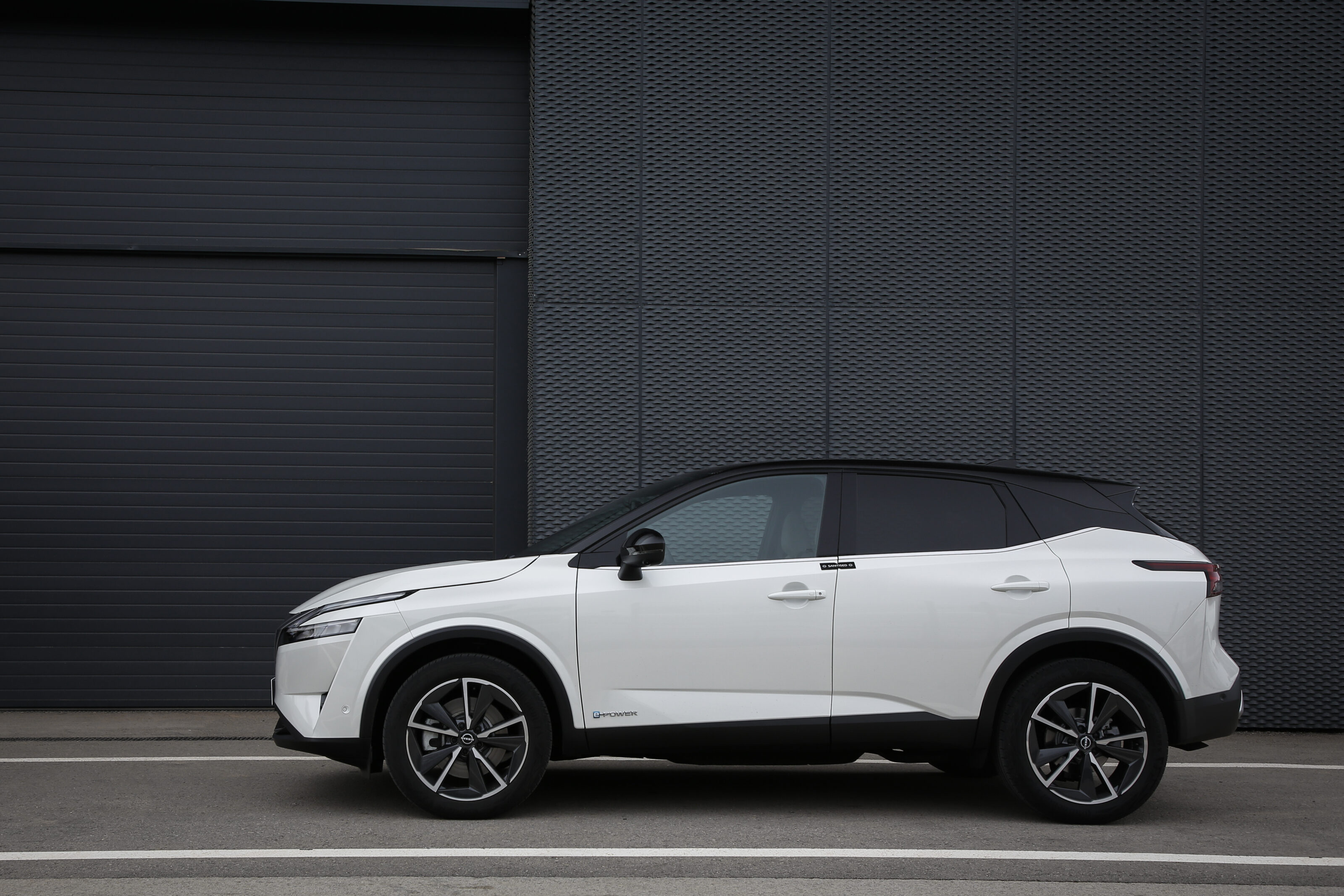
But that’s the point of it. Nissan won’t do a plug-in hybrid, having concluded that customers don’t actually plug them in; they benefit from government cost incentives to then drag around several hundred kilos of batteries for no real benefit, says its research.
Yet-to-be-homologated figures of 119g/km of CO2 and 5.3L/100km are quite modest, but unlike the eye-boggling numbers quoted by most PHEVs, they ought to actually be achievable.
“I’m not sure plug-in hybrids will last a lot longer,” Nissan Europe’s product strategy man Arnaud Charpentier tells Wheels.
“It’s really all to do with government incentives, and I would be surprised to see these being maintained until the end of the decade.
“We decided not to go that way. It was quite a courageous decision if you look around at our competitors. For us, e-Power is a better solution that can also educate the customer, ready for a full electric vehicle.”
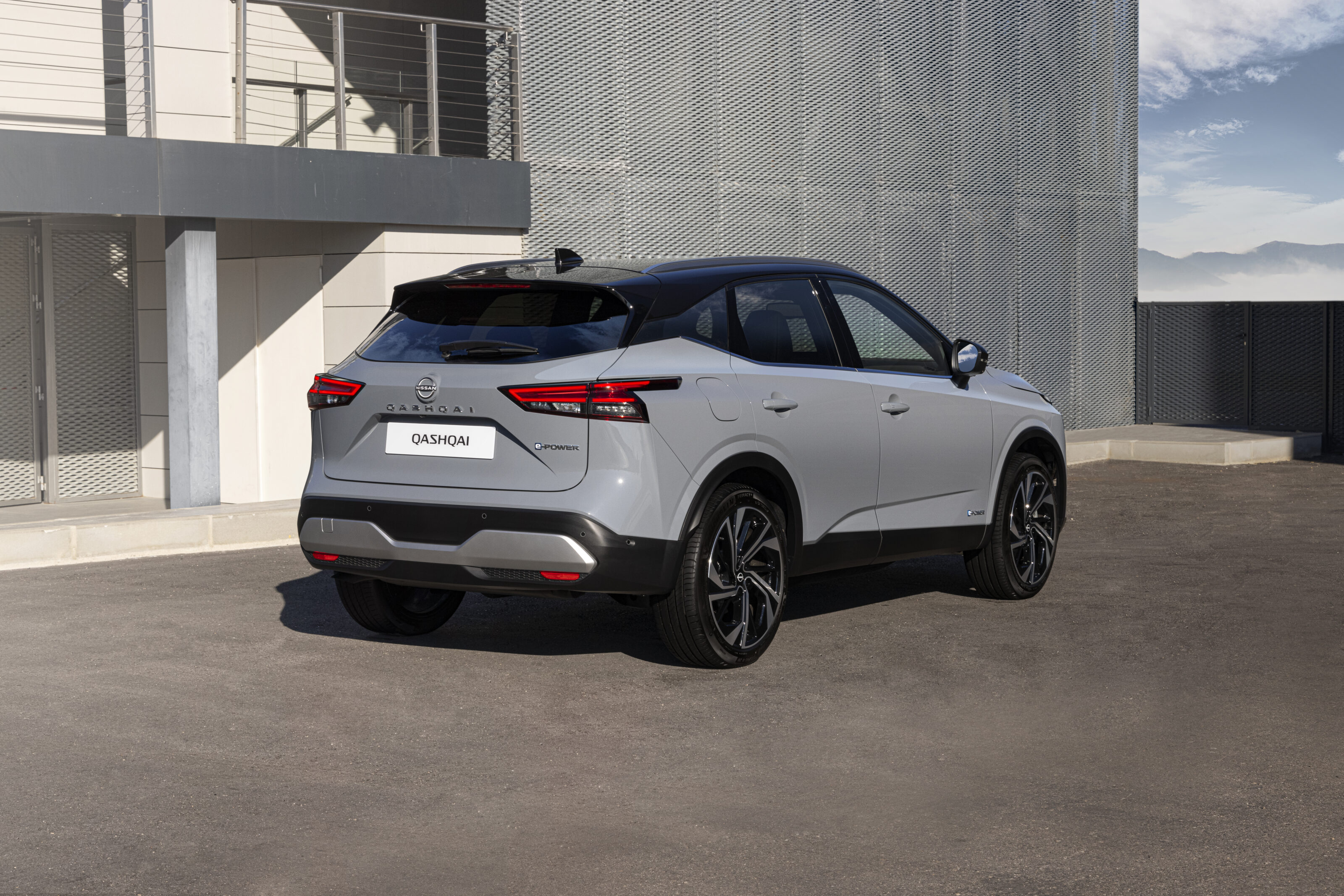
It’s basically a stepping stone for anyone not ready to enter the world of EVs and their fledgling charging infrastructure, Arnaud says, and potentially quite a short-term solution.
Nissan isn’t investing in the next round of European internal combustion engine regulations; after 2028, it says, the dawn of solid-state batteries will lower the cost and charging times of EVs enough to democratise them for almost all of us.
Very quickly, Nissan expects the majority of Qashqais it sells to be e-Power models, while an X-Trail e-Power – bringing all-wheel-drive via Nissan’s torque-vectoring e-4ORCE tech – will follow soon enough.
We’d better get acquainted with the system, then. This isn’t an exhaustive road test, rather half a dozen laps of Circuito del Jarama, the former Spanish Grand Prix track.
Naturally, Nissan has laid down speed limits and used cones to recalibrate some of its white-knuckle corners to better reflect how a Qashqai e-Power will be driven by normal humans rather than insecure journalists eager to break a lap record. Which is good news for everyone involved.
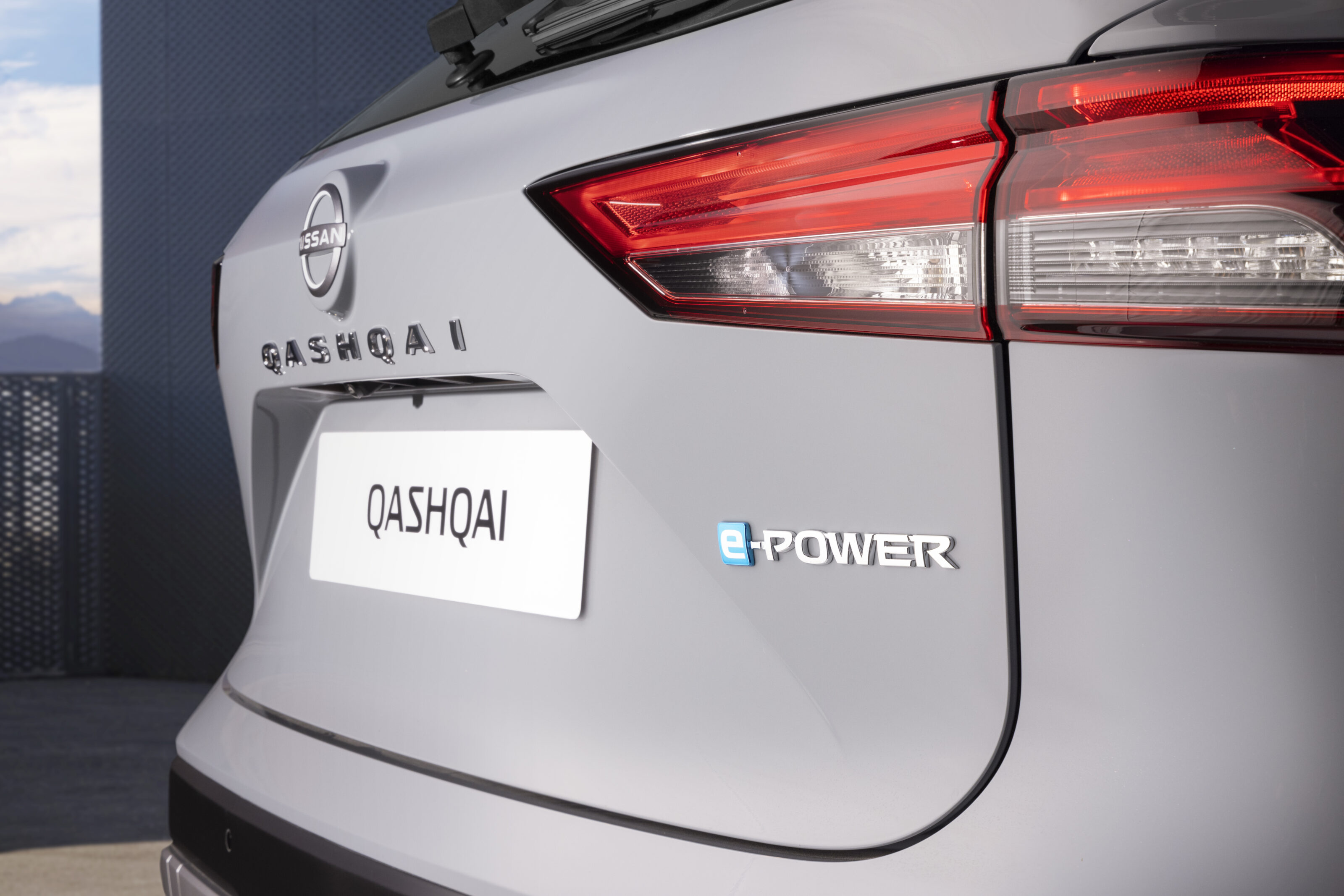
Walk up to a Qashqai e-Power and you’ll tell it apart from petrol-only models by its sliver of glossy front grille. Climb inside and there are some model year updates for the Qashqai in general, including a bigger, more advanced central touchscreen – up from nine to 12.3 inches – which comes hooked up to both Alexa and Nissan’s own voice control.
If you’ve got smart appliances at home, you can even control them on your commute back – getting the oven warmed up ready, perhaps.
You operate the e-Power like any automatic car, slotting the Qashqai’s little gear selection lozenge from P into D then pulling away. You can boost brake regeneration by popping it one more notch into B, while pressing the e-pedal button allows you to slow the car almost to a halt without ever touching the brake. But it won’t work below 10km/h, so this is never a completely one-pedal car.
Equally, you can try to make the car prioritise EV power alone – with the engine kept schtum – and the Qashqai will theoretically hit 100km/h without petrol-powered assistance. But you’ll have to be feathering the throttle with the touch of an ethereal spirit to achieve it; any slight vigour to your acceleration at any speed sparks the 1.5-litre into life.
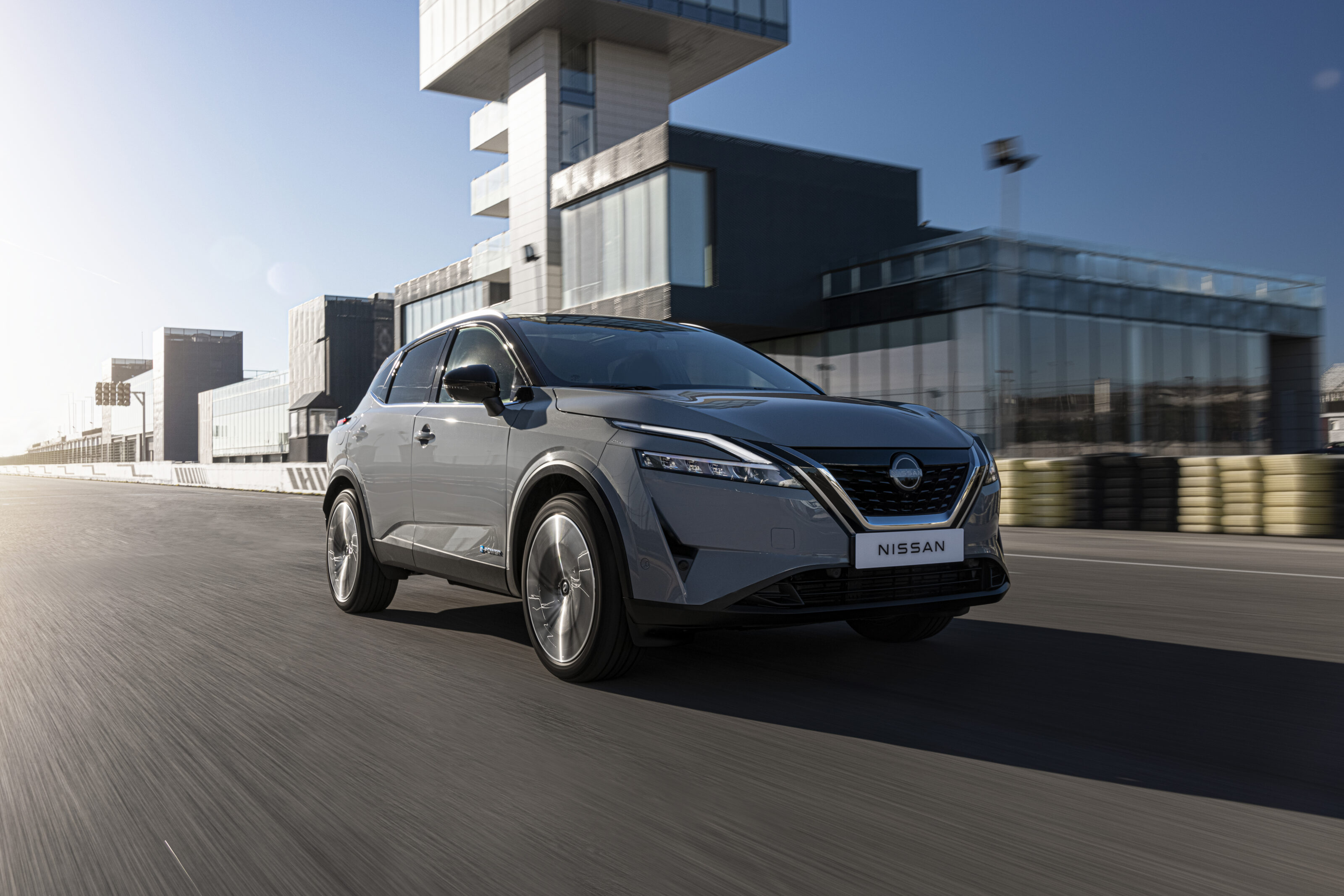
That’s far from a disaster, though, because its variable compression ratio technology is finely honed. The engine operates a low compression ratio under large throttle demands and a high compression ratio the rest of the time, to the benefit of refinement.
It means that at town speeds the engine is so quiet as to almost be inaudible, and the same goes for steady-state cruising speeds. It’s only under acceleration – of any kind, really – that it’s truly pronounced. It makes the same prolonged drone of a CVT, even though Nissan is adamant it has tried to avoid the sensation of one.
The sound it makes only ever lasts as long as your acceleration, though, and at all times the engine is tuned to deliver RPM at a constant figure that best suits efficiency and cabin calmness.
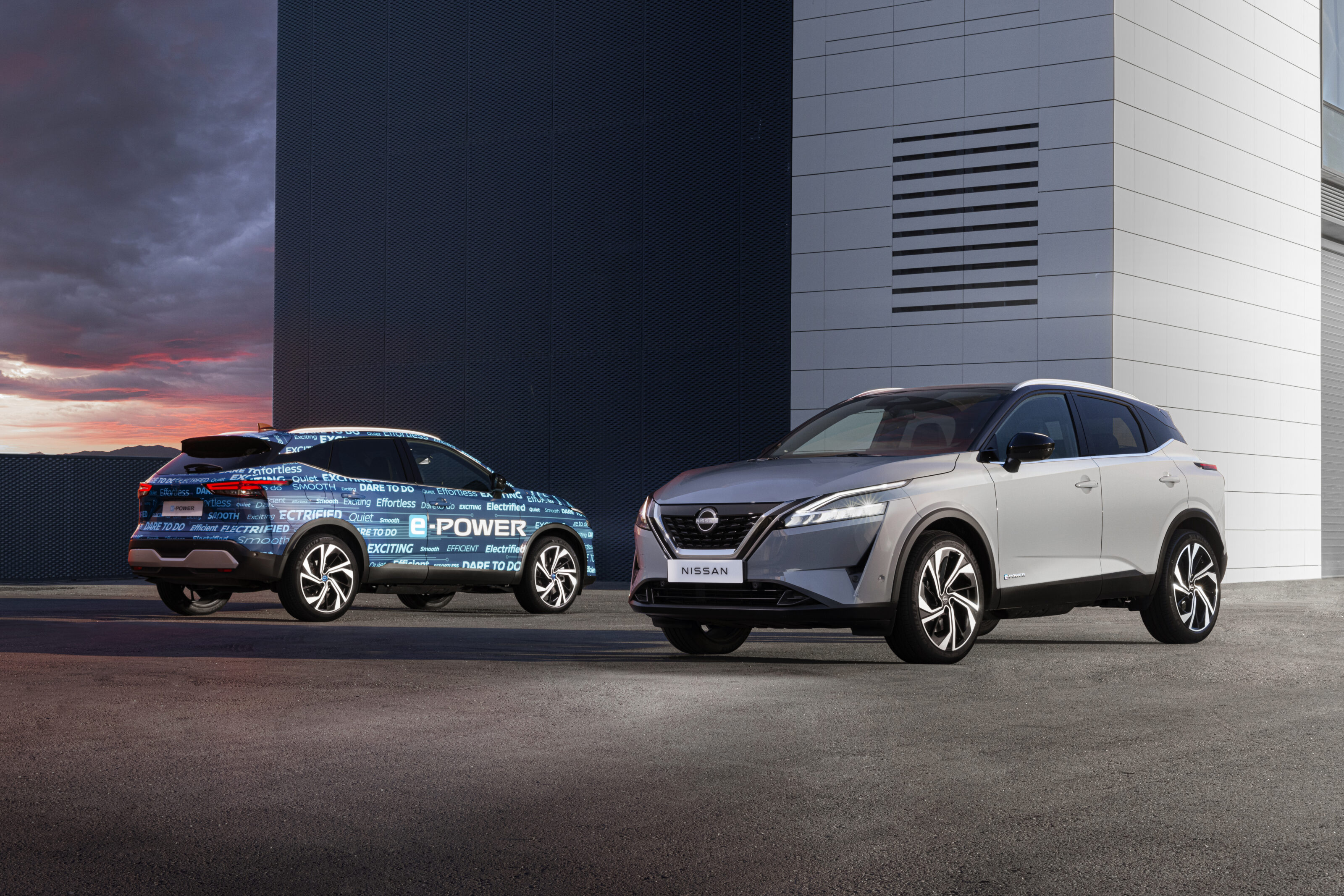
And it really does drive with the linearity and response of a full EV. As a keen driver, you know something is amiss between the soundtrack and what’s fizzing through your hands, bum and feet – the engine sound manages to match your acceleration while being tangibly detached from it – but a passenger wouldn’t question it and would likely assume this was any other hybrid car.
And as for handling? Well, I can’t say the e-Power hosted my most exhilarating laps of Jarama, but it’s as neat and tidy as you’d feasibly hope a hybrid crossover to be. It has around 200kg of extra weight over a standard Qashqai, mostly slung over the front axle, so there have been ride and handling tweaks to compensate.
This isn’t an area of the market dripping in driver appeal and the e-Power steers at least as well as the general class standard, and the strongest brake regen setting actually helps you tuck its nose into corners quite nicely.
The overwhelming feeling is of an effortless car that’ll bring stress-busting refinement to its bustling sector. Perhaps not as disruptive as Nissan claims, then, but all the more relevant for it.
Nissan Qashqai e-Power specifications
| Body | 5-door, 5 seat small SUV |
|---|---|
| Drive | front-wheel |
| Engine | e-motor with 1.5L 4-cylinder turbo-petrol range-extender |
| Power | 140kW |
| Torque | 330Nm |
| Compression ratio | Variable from 8:1 to 14:1 |
| Fuel consumption | 5.3L/100km (TBC) |
| CO2 emissions | 119g/km (TBC) |
| Weight | 1635kg (est) |
| L/W/H | 4425mm/1838mm/1635mm |
| Wheelbase | 2666mm |
Things we like
- Intriguing hybrid system
- Very hushed refinement
- Decent tech upgrades
Not so much
- A little rowdy under acceleration
- Fuel economy isn't startling
- Not in Australia. Yet
We recommend
-
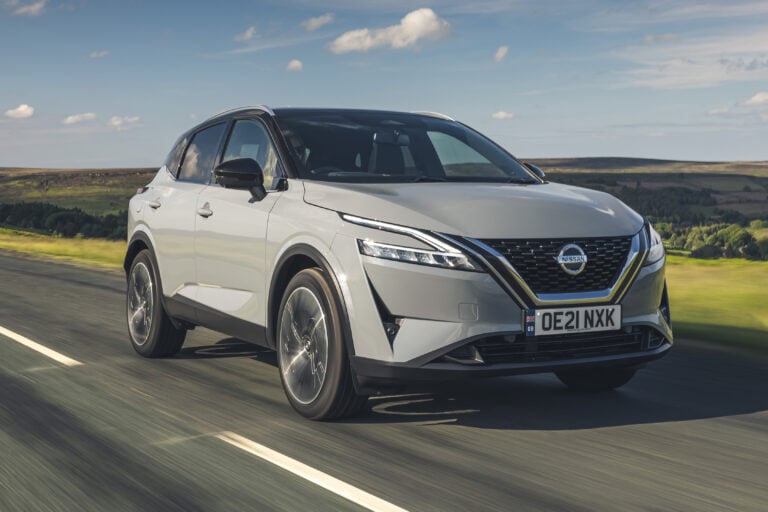 Reviews
ReviewsFirst drive: 2022 Nissan Qashqai
An all-new third-generation Nissan Qashqai is coming to Australia next year, but is it worth the wait?
-
 News
NewsNissan details next generation Qashqai
Nissan reveals juicy details on its new Qashqai small SUV
-
 News
NewsNew car calendar 2026: All the new cars coming to Australia next year
Here’s the WhichCar by Wheels guide to all the new cars that will launch in Australia in 2026. Check back in regularly for updates...

